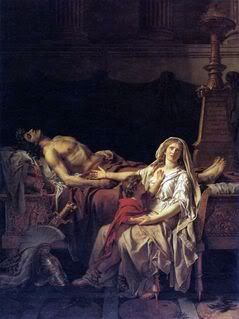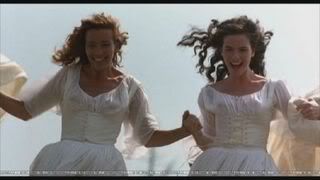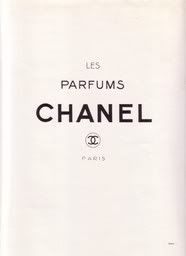
And here we get official confirmation from Guerlain that the rich base of it has been irrevocably annihilated, substituting oakmoss with treemoss. Of course various slight reformulations have been performed along the way in at least the last 30 years, since Mitsouko comes from the mythical age of 1919, a farewell to the old world that got terminated in the throes of the Great War.
Inspired by a tragic tale in the first place, it is an Andromache mourning for her lost Hector, her injustly killed son Astyanax and her looming future in degraded slavery.
Read how she had forseen her future and her most touching goodbyes to her husband as described in Iliad here.
Mitsouko ,much like the above excerpt, is all the sad and proud things imagination can muster...
And although I have not compared with the new current version in rotation at shops, my heartstrings are aching for the loss of the scent that more than anything else signifies imminent tragedy, loss and hurt to me.
The following piece of music best represents the foreboding feeling I get when I utter the word Mitsouko. It's the second movement of Beethoven's 7th symphony (Allegretto) performed by conductor Charles Latshaw and his orchestra to perfection. Click here to experience the awe and wonder for the very last time, listening "to the exquisite music of that strange procession, and say goodbye to her, to the Alexandria you are losing".
Artwork is by Jean Louis David "La Douleur et les Regrets d'Andromaque sur le corps d'Hector son mari" 1873, courtesy of Wikipedia.
.jpg)










